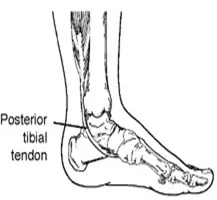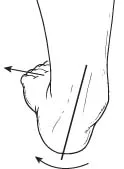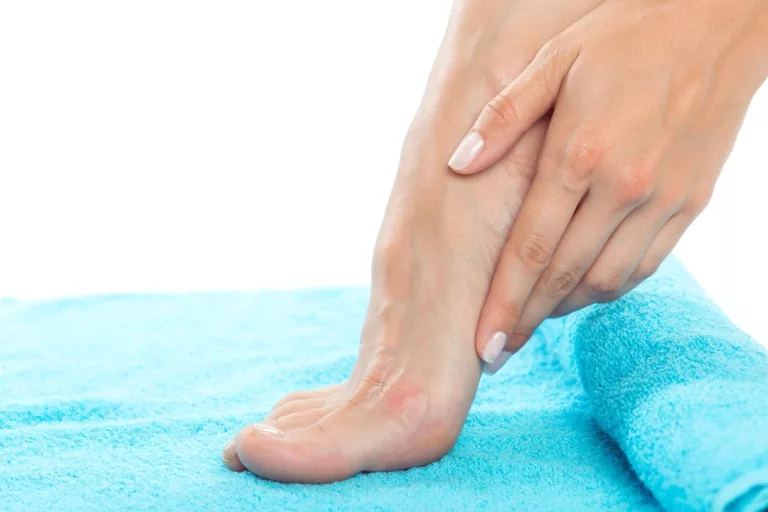What Is PTTD?
Posterior tibial tendon dysfunction (PTTD) arises from alterations in the posterior tibial tendon, a crucial support structure for the foot during walking. This condition results in the loss of its ability to uphold the arch, leading to a flattening of the foot.
Often referred to as adult-acquired flatfoot, PTTD is the most prevalent form of flatfoot that emerges in adulthood. While typically affecting one foot, it can occasionally manifest in both feet. PTTD is typically a progressive condition, meaning it worsens over time, particularly if left untreated.
Causes
The primary cause of PTTD is the overuse of the posterior tibial tendon. Symptoms generally arise after activities that place strain on the tendon, such as running, walking, hiking, or climbing stairs.
Symptoms
PTTD presents with various symptoms, including pain, swelling, flattening of the arch, and an inward rolling of the ankle. As the condition advances, these symptoms evolve.
Initially, when PTTD develops, there is pain along the inner side of the foot and ankle, following the course of the tendon. This area may also appear red, warm, and swollen.
As the arch begins to flatten, pain may persist on the inner side of the foot and ankle, but the foot and toes gradually turn outward, and the ankle rolls inward.
In more advanced stages of PTTD, the arch flattens further, and pain often shifts to the outer side of the foot, below the ankle. The tendon experiences significant deterioration, and arthritis can develop within the foot. In severe cases, ankle arthritis may also become a concern.
Non-Surgical Treatment
Given the progressive nature of PTTD, it is advisable to seek early treatment. With prompt intervention, symptoms may resolve without the need for surgery, and the condition’s progression can be halted.
In many instances, non-surgical approaches may be initiated, which include:
- Orthotic devices or bracing: Your foot and ankle specialist may recommend an ankle brace or custom orthotic device to provide the necessary arch support.
- Immobilization: In some cases, a short-leg cast or boot may be utilized to immobilize the foot, facilitating tendon healing, or complete avoidance of weight-bearing may be required for a period.
- Physical therapy: Ultrasound therapy and targeted exercises can aid in rehabilitating the tendon and muscle after immobilization.
- Medications: Physicians may recommend nonsteroidal anti-inflammatory drugs (NSAIDs) like ibuprofen to relieve pain and decrease inflammation.
- Shoe modifications: Your foot and ankle specialist may suggest adjustments to your footwear and provide specialized inserts designed to enhance arch support.
When Is Surgery Necessary?
Surgical intervention may become necessary in cases of PTTD that have significantly progressed or have not responded to non-surgical treatments. In advanced instances, surgery may be the sole option. Your foot and ankle specialist will assess your condition and recommend the most suitable approach for your situation.



